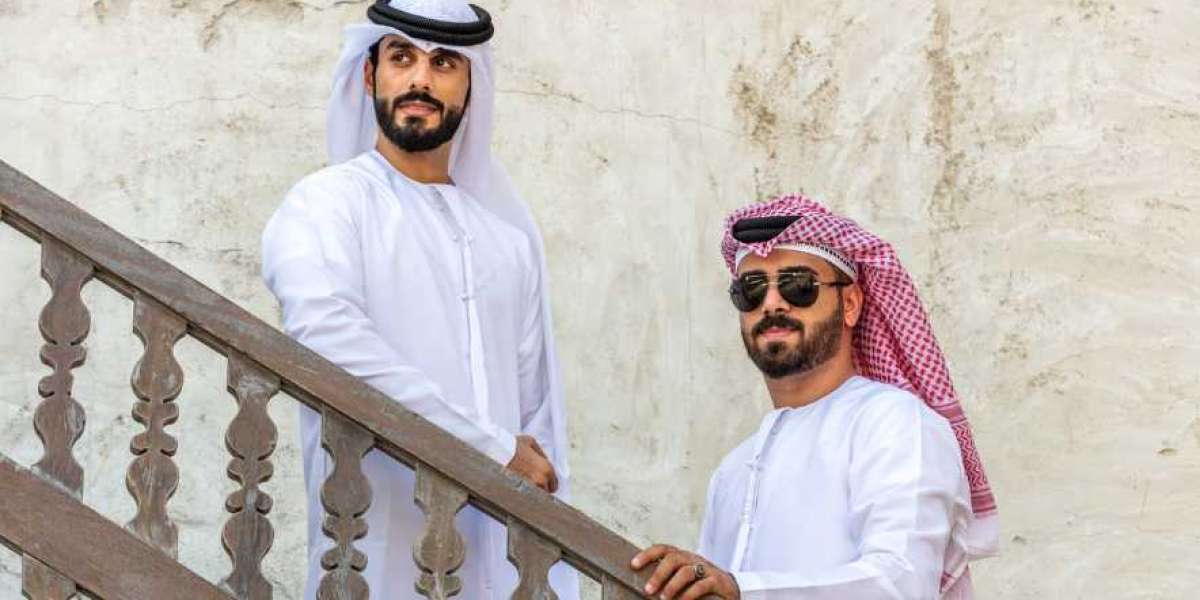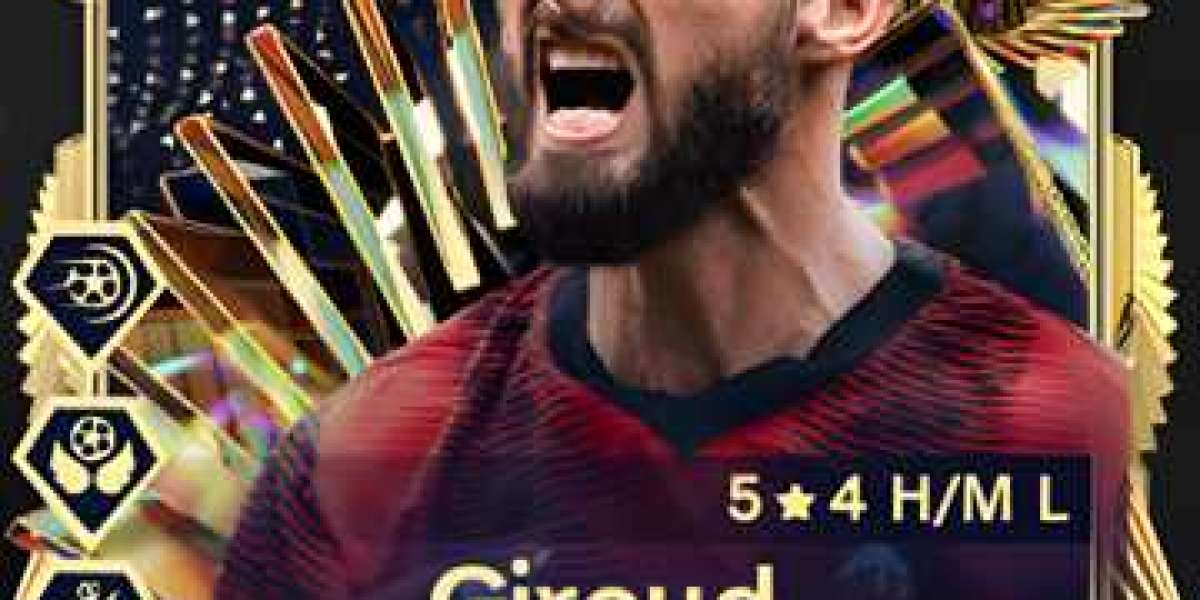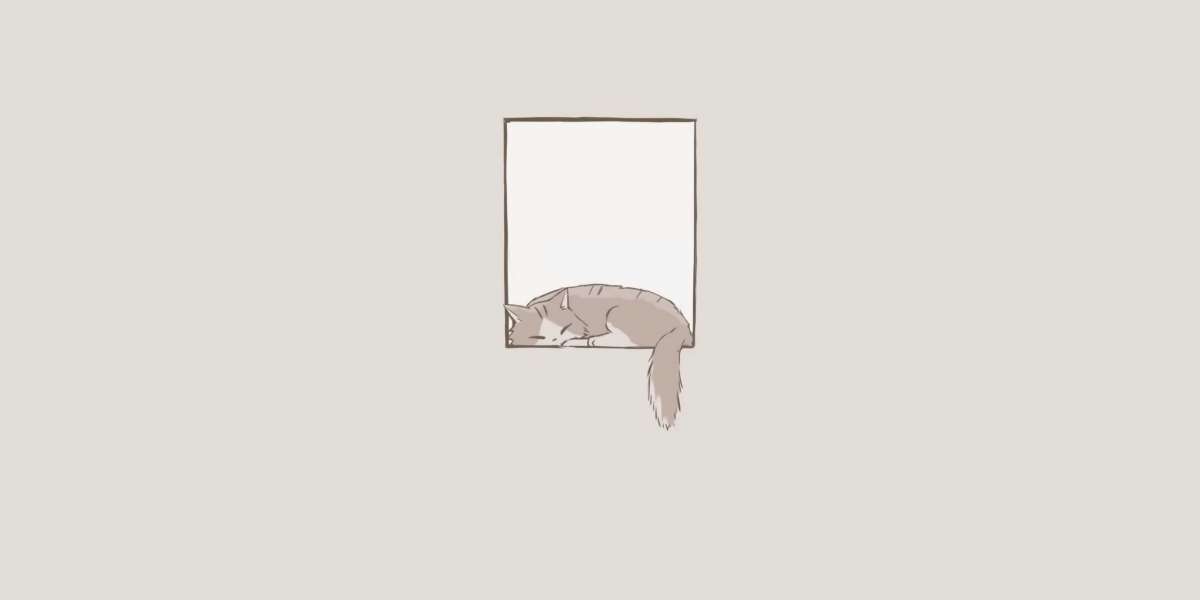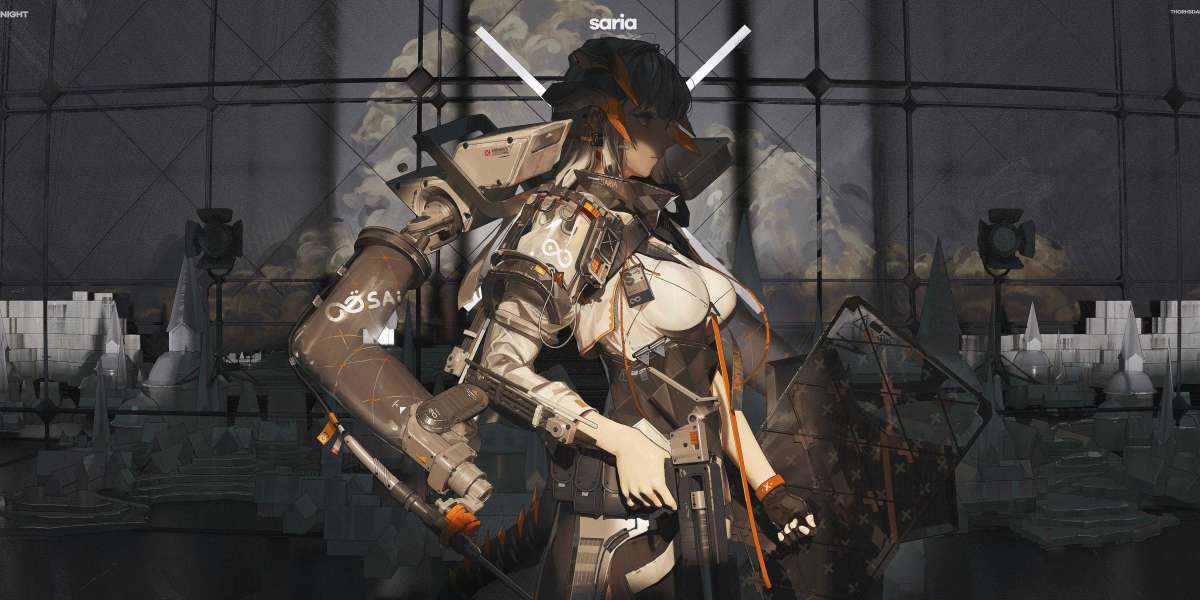
Muslim fashion for men has evolved significantly over the years, blending the rich cultural heritage of traditional attire with modern trends and styles. This evolution reflects not only the changing dynamics of fashion but also the diverse identities and expressions within the global Muslim community. While the core values of modesty and cultural significance remain intact, Muslim men today have more options for clothing that reflects their faith and personal style.
Traditional Muslim Fashion for Men
Historically, Muslim fashion for men has been defined by garments that are both modest and practical, often tailored to suit the climate and culture of the region. Some of the most well-known traditional outfits include:
Thobe (or Thawb): A long, flowing garment worn primarily in the Middle East and North Africa. It is typically ankle-length with long sleeves and is made from lightweight fabrics to suit the hot desert climate.
Shalwar Kameez: Popular in South Asian countries like Pakistan and India, the shalwar kameez consists of a long tunic (kameez) paired with loose-fitting trousers (shalwar). This outfit offers comfort while maintaining modesty.
Kandura: A variation of the thobe, the kandura is traditionally worn in the United Arab Emirates and Oman. It shares the same long, flowing design and is often white or neutral-colored to reflect heat.
Djellaba: Worn in Morocco and other parts of North Africa, the djellaba is a loose-fitting robe with a hood. Its design is suitable for both warm and cool climates, making it versatile across the seasons.
These garments are often associated with specific regions and cultures within the Muslim world. However, they share a common theme of modesty, which is a key principle in Islamic dress for both men and women.
The Influence of Modern Fashion
In recent years, Muslim men have been increasingly integrating modern fashion trends into their wardrobes while still respecting traditional values of modesty. The rise of global fashion influencers, coupled with the internet’s ability to connect diverse cultures, has allowed Muslim fashion for men to become more dynamic and versatile.
Here are some ways modern trends have influenced Muslim fashion for men:
Blending Traditional with Contemporary: Many men now choose to pair traditional garments like the thobe or shalwar kameez with modern accessories or shoes, creating a fusion of cultural and contemporary styles. This blend allows Muslim men to retain their cultural identity while keeping up with global fashion trends.
Minimalist and Tailored Designs: While traditional garments are typically loose-fitting, many modern variations feature more tailored silhouettes. This trend reflects a global shift toward minimalist and refined aesthetics, with cleaner lines and structured cuts.
Diverse Fabrics and Patterns: Historically, traditional Muslim clothing for men was made from simple, lightweight fabrics suited to the region’s climate. Today, there is a wider variety of fabrics available, from high-end textiles like silk and wool to sustainable, eco-friendly options. Additionally, patterns and textures are becoming more prominent, allowing for a more personalized expression of style.
Modern Streetwear: Streetwear has also made its mark on Muslim men’s fashion, with brands creating modest, loose-fitting clothing that aligns with Islamic values. Hoodies, joggers, and oversized t-shirts with modest cuts are becoming popular choices for Muslim men seeking both comfort and adherence to their faith.
Cultural Fusion: Muslim men in the diaspora often blend elements from their cultural heritage with fashion influences from their host countries. For example, pairing a traditional thobe with a modern jacket or wearing a tailored shalwar kameez with trendy sneakers reflects the blending of cultures in today’s world.
Modesty and Self-Expression
The principle of modesty remains a cornerstone of Muslim fashion for men, regardless of modern influences. However, the evolution of fashion has shown that modesty does not have to come at the cost of style or self-expression. Today, Muslim men can express their individuality through carefully selected garments, accessories, and layering techniques that still align with their values.
For example, wearing a long, flowing cardigan over a simple shirt, or layering a traditional thobe with a modern jacket, allows for creativity while maintaining modesty. Accessories like kufis, scarves, and contemporary footwear further help to personalize a look without deviating from religious principles.
Globalization and the Future of Muslim Fashion for Men
As globalization continues to break down barriers between cultures, Muslim fashion for men will likely see even more diversification. Designers around the world are recognizing the demand for modest men’s clothing, incorporating these values into their collections.
At the same time, Muslim fashion is gaining visibility in global fashion shows, and many designers are experimenting with how traditional attire can be reimagined for the modern man. The result is an ever-expanding world of options for Muslim men, from high-end fashion to casual, everyday wear.
The evolution of Muslim fashion for men reflects the broader changes taking place in global fashion today. While traditional garments like the thobe, shalwar kameez, and djellaba still hold cultural and religious significance, modern influences have expanded the possibilities for Muslim men to express themselves through fashion. This fusion of tradition and modernity allows for a more dynamic and versatile wardrobe that respects religious values while embracing contemporary style.



